A WINE ESTATE THROUGHT THE AGES
The historic wine estate Tenuta Kornell is surrounded by vines, majestic cedars and steep rocky slopes. From the stately residence in Settequerce, there is a wide view over Val d’Adige, while high above, Castel Greifenstein watches over the estate. Inseparably linked to Kornell, the griffin - the heraldic animal of the castle ruins - characterises the wine estate’s trademark.
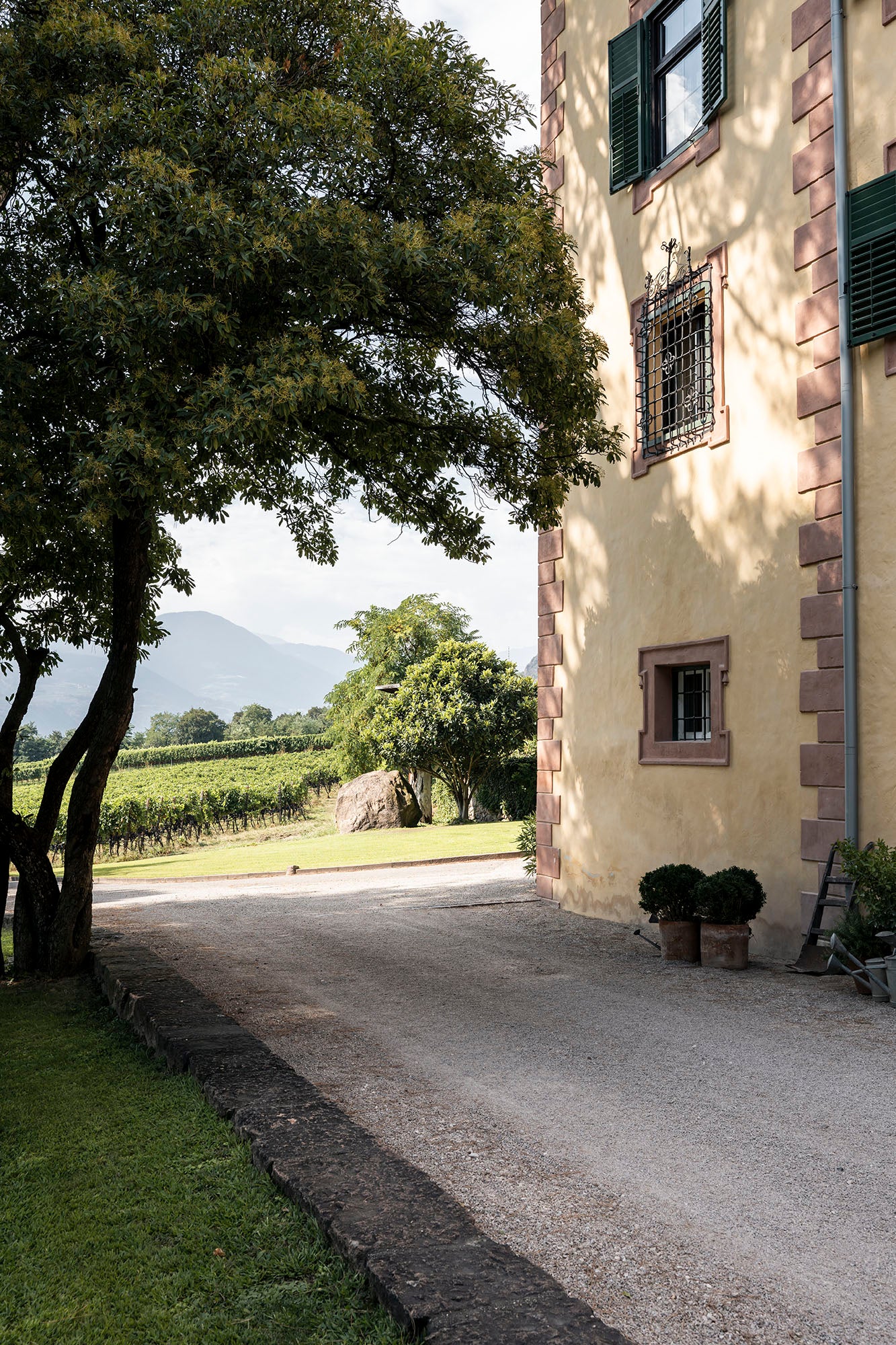
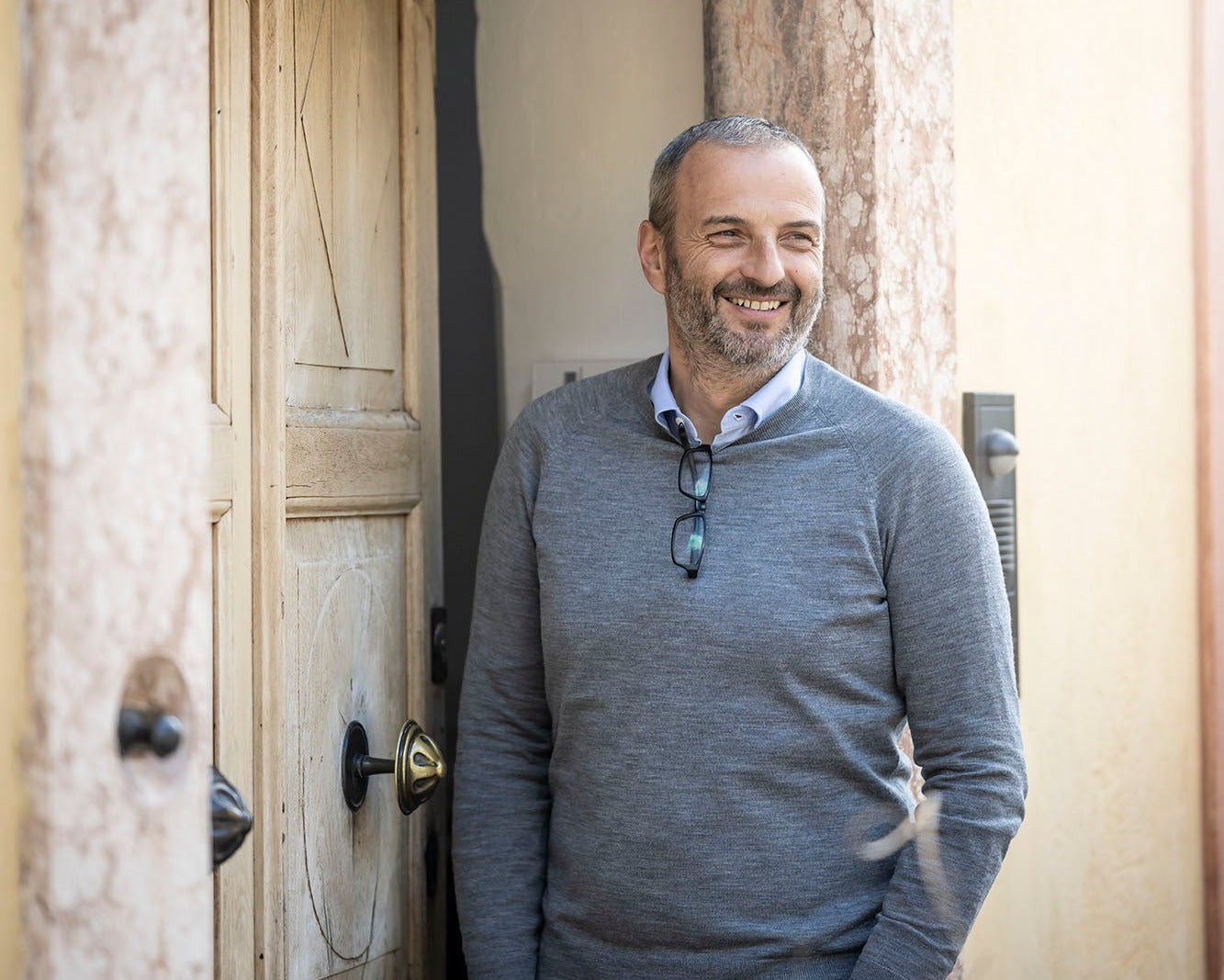
THE HISTORY AND THE CLEAR, UNOBTRUSIVE ARCHITECTURE MAKE TIME APPEAR RELATIVE.
THE LOCATIONS - THE FOUNDATION OF OUR WINES
Our vineyards extend over various altitudes from 250 to 900 metres in Settequerce, Bolzano, Appiano, Caldaro, Cornaiano, Lana, Renon and Colle. The terroir is characterised by heat-retaining weathered porphyry soils, limestone gravel and loamy components. A Mediterranean climate and Alpine influences ensure marked temperature differences between day and night - ideal conditions for wines with structure, elegance and depth.
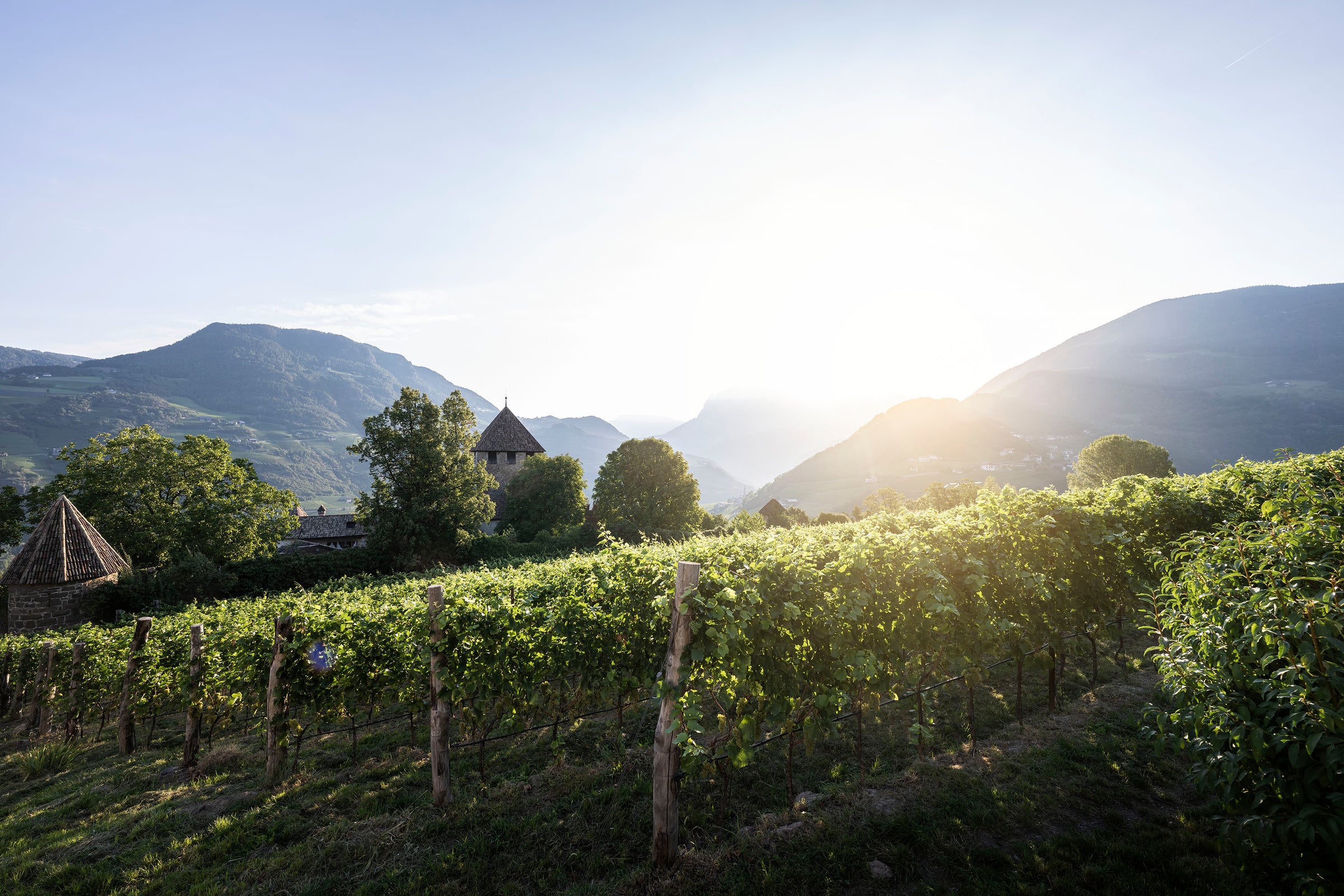
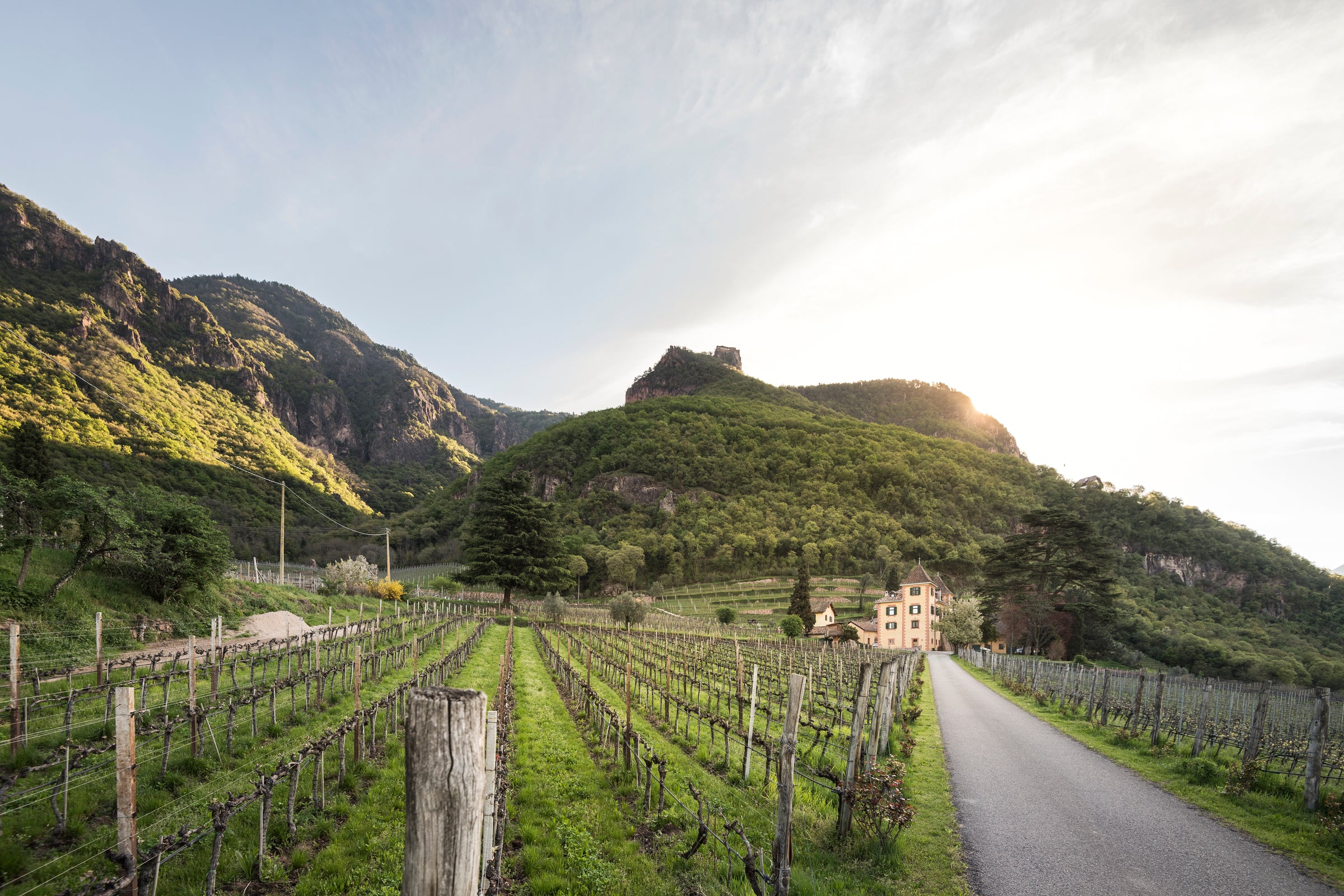
LOCATIONS
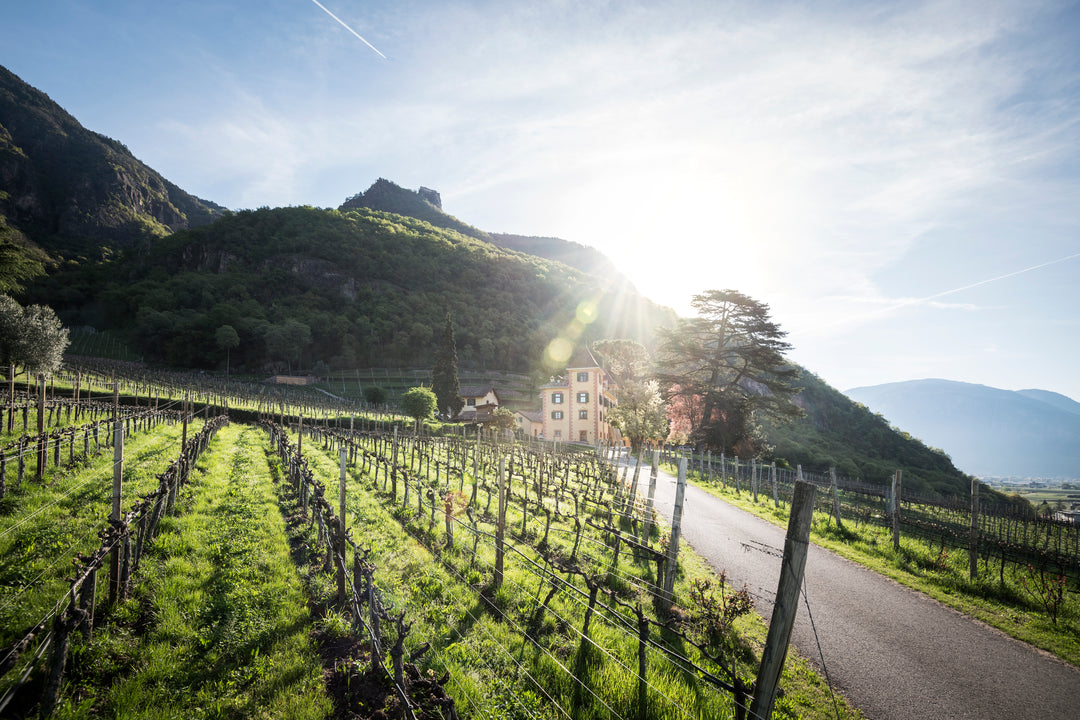
Siebeneich
VARIETIES
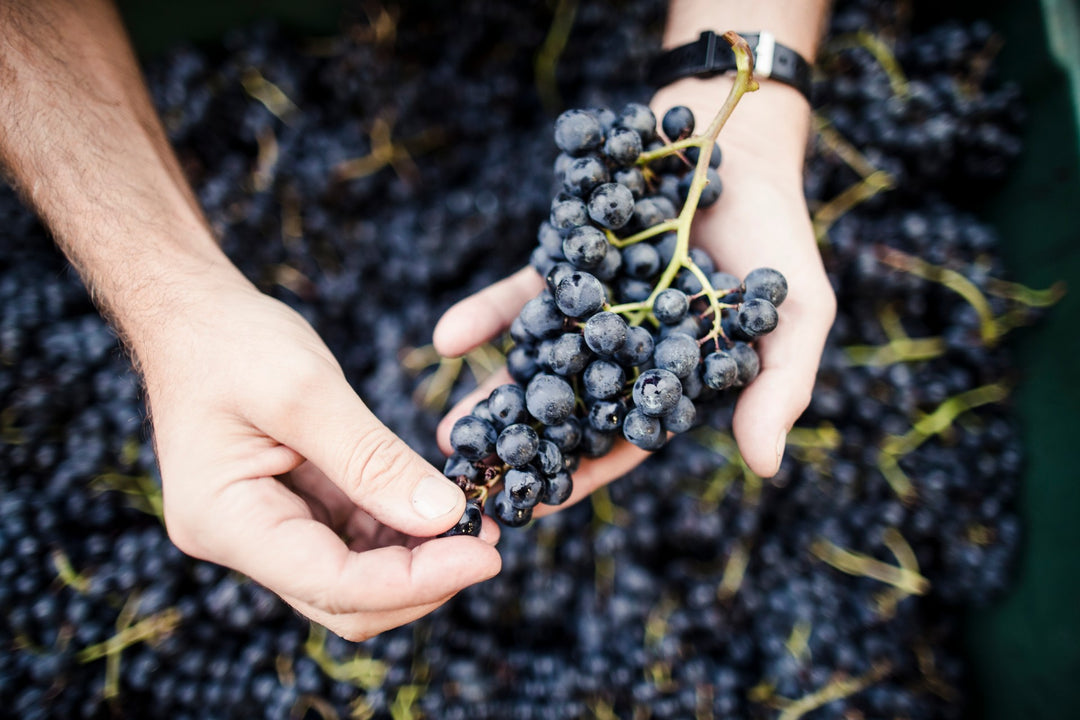
bozen dorf
VARIETIES
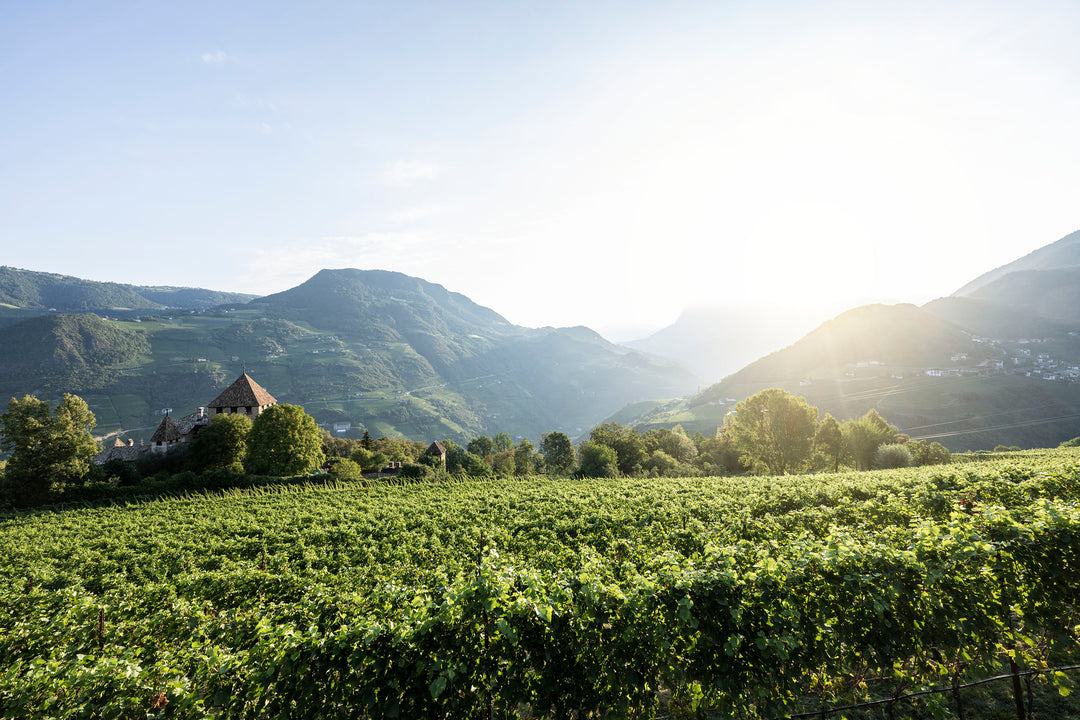
kampenn
VARIETIES

unterinn
VARIETIES
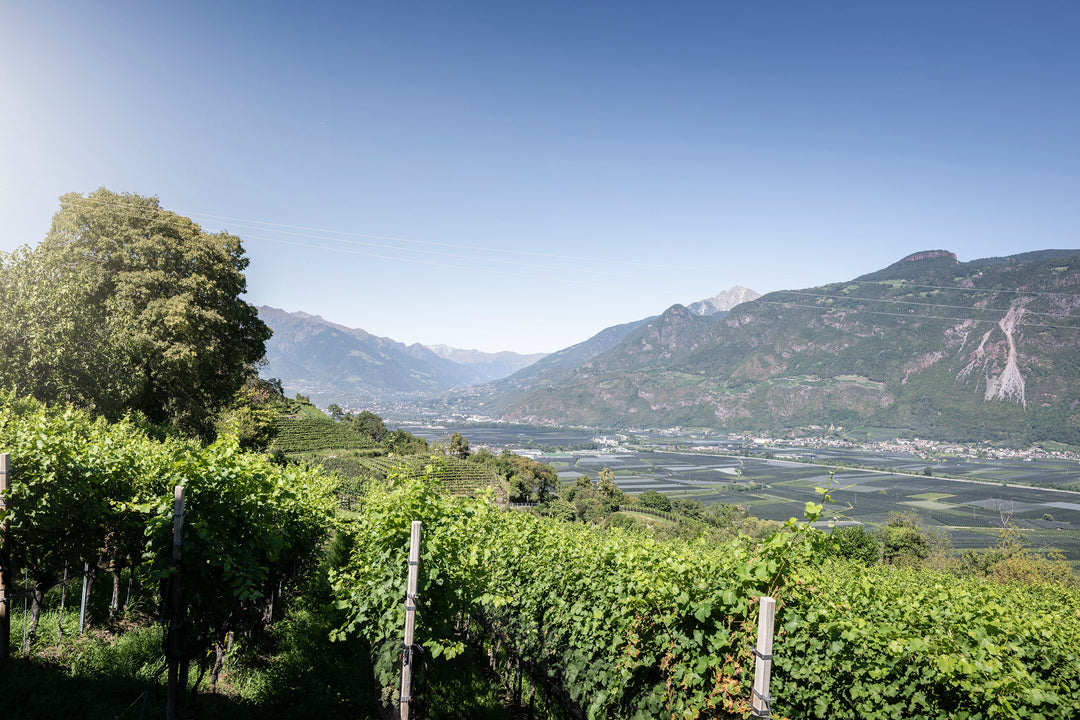
ackpfeif
VARIETIES
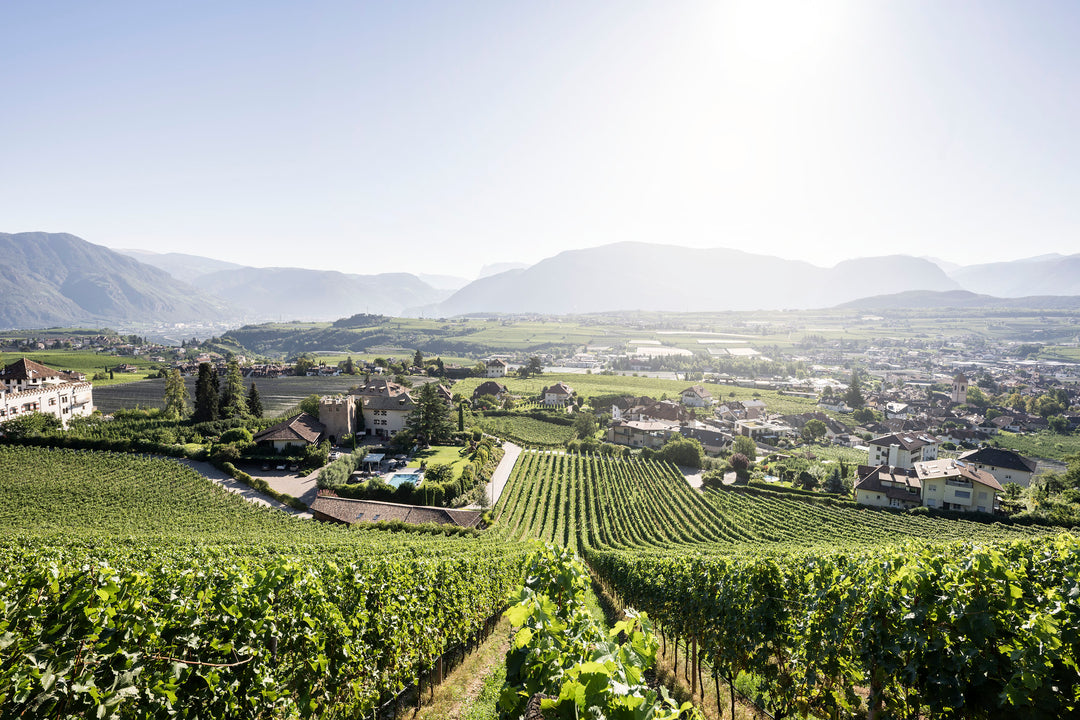
eppan – berg
VARIETIES
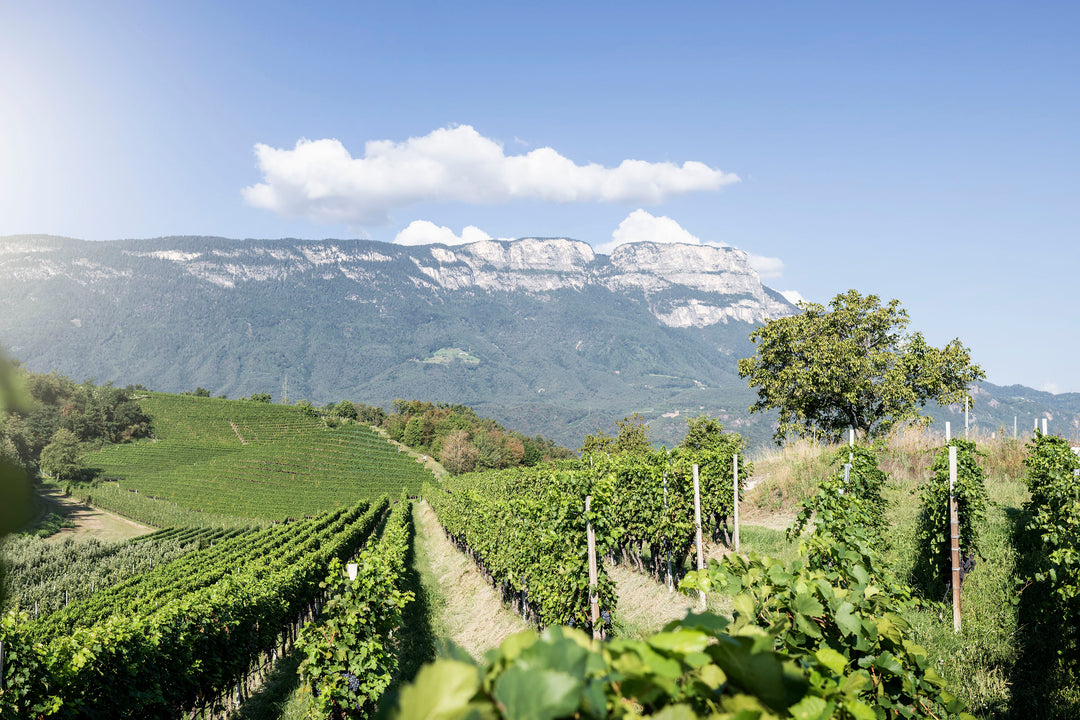
girlan
VARIETIES
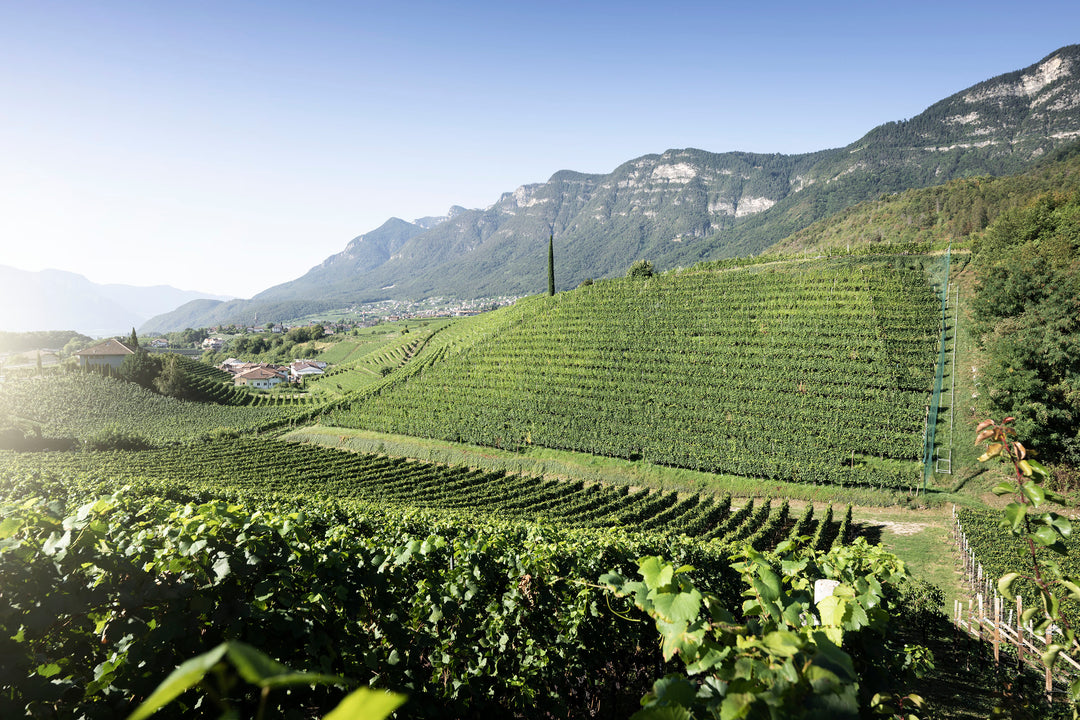
oberplanitzing
VARIETIES
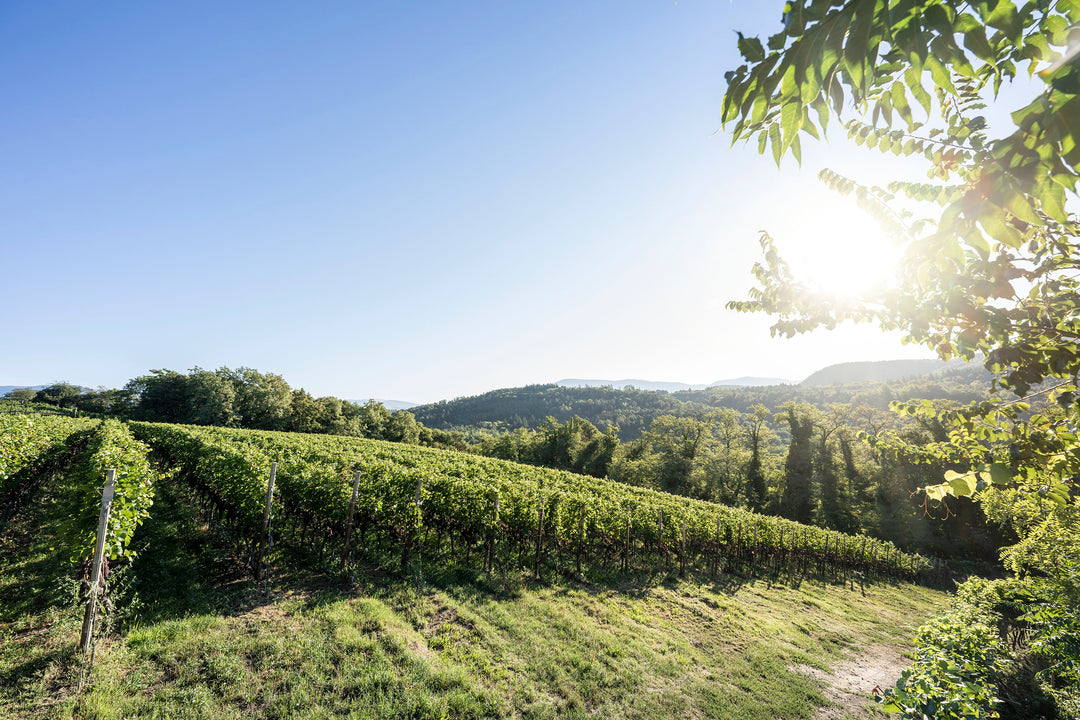
mazzon
VARIETIES
WE CANNOT DO
ANYTHING WITHOUT NATURE
For us, winemaking is more than a craft - it is a passion that combines tradition with innovation. We cultivate our vineyards with care and respect and pay attention to the unique terroir that gives our wines their characteristic flavour. From the first pruning to ageing in the cellar, every step is characterised byexperience and precision in order to guarantee the highest quality. This results in wines that not only reflect the power of nature, but also our values of quality and elegance.
THE PEOPLE
BEHIND THE WINE
Making wine is teamwork - day after day.


























